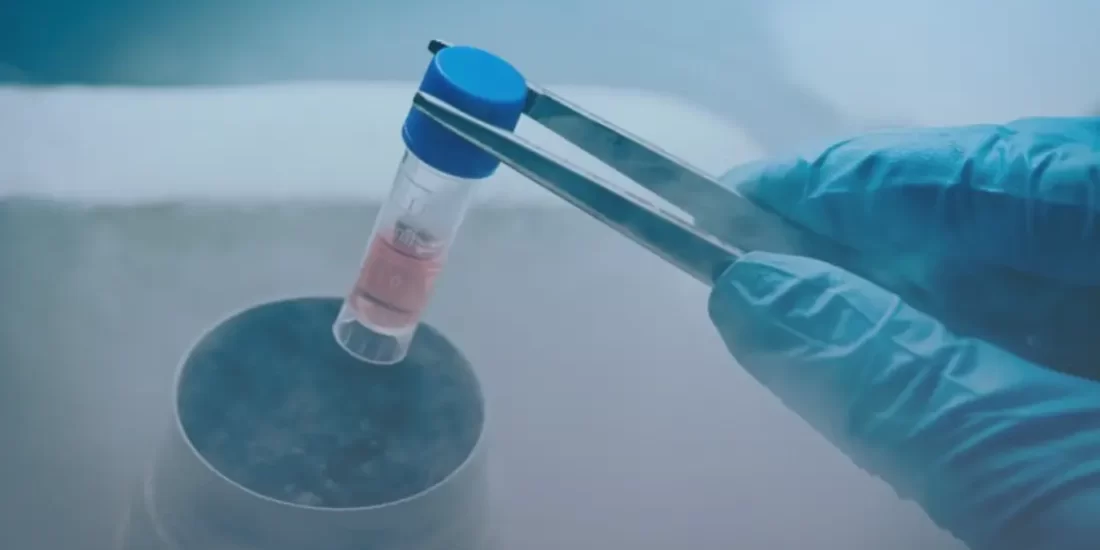What is coming next for Dentistry?
The Future Of Dental Stem Cell Treatments is looking bright at Dreambody Clinic. Stem cells are looking to be what is coming next in dental procedures. Dreambody is working with a team of skilled oral surgeons and dentists to provide dental stem cell treatments in the near future. As soon as we have this available, we will let you know. Until then read ahead and learn what is going on in the future of dental stem cell treatments.
Undoubtedly, one of the greatest discoveries of medicine during the 20th century was the discovery and application of stem cells in the treatment of various diseases. Studies in this field continue today and the possibility of curing Cancer, Parkinson’s or Alzehimer is increasingly real. But its application in medicine knows no end. Did you know that stem cells could also regenerate your teeth? Recent studies at the universities of Harvard and Columbia could revolutionize the way to carry out dental treatments.
Laser, Stem Cells and Dental Auto Repair
For the first time, a new study has shown that it is possible to use low-power lasers that stimulate stem cells in order to produce new tissue. In the field of dentistry, it would mean the possibility of regenerating the dentin of the teeth. The Future Of Dental Stem Cell Treatments.
This study was carried out by a team of Bioengineers from Harvard University, and it lays the foundations for novel clinical applications of stem cells that include, for example, the healing of wounds or the regeneration of bones and teeth. The research was published in the journal Science Transnational Medicine.
The publication describes how they use low-power laser light to stimulate dental stem cells, in order to regenerate the dentin or hard bone tissue that makes up most of the teeth.
Currently to be able to use stem cells in treatments, they must first be removed from the body and worked with in the laboratory to reimplant them, which requires numerous steps. However with this new method based on the application of laser, the process would be simplified assuming a substantial advance in the dental field, allowing the regeneration of the teeth instead of their replacement.
NEW TEETH WITHOUT THE NEED FOR IMPLANTS
A group of researchers from the Laboratory of Regenerative Medicine and Tissue Engineering at Columbia University has studied a novel method that can revolutionize the world of dental implants.
According to the university itself, the system allows directing the trajectory of the stem cells towards a three-dimensional mold that is found in the oral cavity itself and promotes cell development. In this way, artificial teeth are created inside the same mouth in record time.
In the tests carried out with 22 rats it was demonstrated that thanks to the dental mold created by the researcher Jeremy Mao, the stem cells can be directed towards said mold and create new teeth in only nine weeks. This is also the Future Of Dental Stem Cell Treatments
POSSIBLE APPLICATIONS OF STEM CELLS IN DENTISTRY
Recent studies have shown that dental stem cells, unlike other types of stem cells, multiply very rapidly and can differentiate into several cell types and develop multiple types of tissues. Therefore, the teeth are a great potential source of stem cells that can be converted into bones, skin or even nerve cells.
The applications of stem cells in the dental field are in a promising phase of study. Currently, the role of stem cells in dentistry is focused on two major fields: surgery, emphasizing implantology and endodontics. There are 5 types of stem cells of dental origin: from the pulp, the periodontal ligament, primary exfoliated teeth, the dental papilla and the dental follicle.
In the future, stem cells will be able to reproduce the bone tissue of the craniofacial complex to repair defects produced by degenerative diseases. Therefore, they may be an alternative to treat mandibular deficiencies, cleft palate and cleft lip.
Dentin is a mineralized tissue that has great similarity with bone, although it does not change throughout life like this, it has a limited potential for postnatal repair. In research conducted, the ability of the pulp stem cells to self-renew and differentiate into different cell lines that can form dentin was proven.
Experimental studies have been conducted where stem cells of the periodontal ligament of human teeth have been isolated. In these studies a differentiation was observed in cells such as adipocytes, cementoblasts and collagen-forming cells. Bone neoformation was achieved in the areas affected by periodontal disease through the implantation of stem cells, opening the possibility to new treatments for the healing of periodontitis.
In experimental studies it has been observed that adult stem cells properly stimulated could give rise to a tooth with its surrounding bone tissue. Another example for The Future Of Dental Stem Cell Treatments.
ADVANTAGES COMPARED TO CURRENT DENTAL TREATMENTS
Recent advances on dental stem cells suggest that during the next decade bioengineering can create dental tissues that provide a safer and less invasive treatment that also does not cause rejection in the patient.
The artificial teeth generation system is more natural and requires shorter recovery times. To make matters worse, according to the researchers, it is a cheaper system than usual implants, which would facilitate access to improved oral health for many patients who can not afford expensive treatments.
The researchers predict that in the future, a dentist may implant in the gum of the patient the cells that give rise to a living tooth created from the patient’s own stem cells. This could represent a great advantage over current implantology techniques, revolutionizing modern dentistry.





